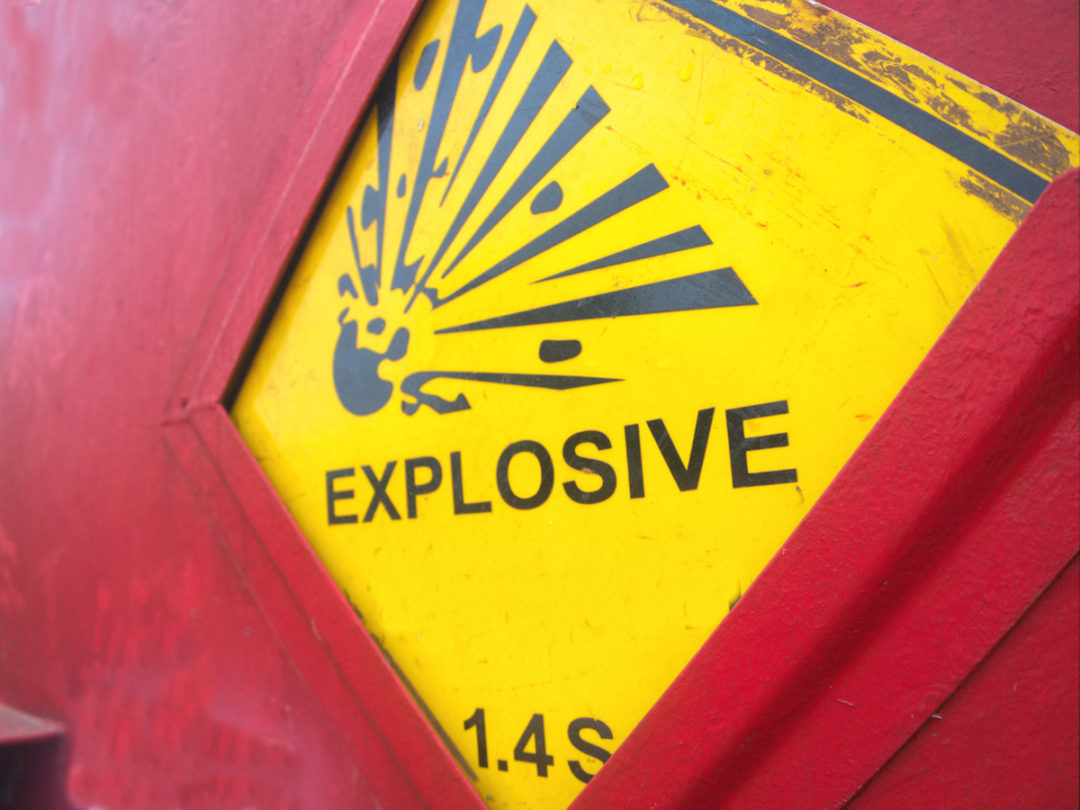
Visit Our Sponsors |
|
|
|
|
|
|
|
|
|
|
|
|
|
|
|
|
|
|
|
|
|
|
|
|
|
|
|
|
|
|
|
|
|
|
|
|
|
|
|
|
|
|
|
|
|
|
|
|
|
|
|
|
|
|
|
|

Shipping and handling hazardous materials (hazmat) can have serious operational, financial and environmental ramifications for shippers.
With thousands of items classified as “hazardous” and regulations continuing to expand, moving hazmat safely and in compliance is more critical than ever. Unfortunately, many organizations put their company’s operational efficiency, competitive agility, reputation and bottom line at risk by not having the necessary infrastructure and training to ensure compliance across the supply chain.
Maintaining a smooth supply chain is critical in today’s highly competitive market. Yet, despite the importance (and overall impact) of compliance on the supply chain, there is a general lack of confidence among dangerous goods (DG) professionals in the ability of their organizations to meet changing compliance mandates. In fact, a recent Labelmaster survey found that 51 percent of DG professionals find it challenging to keep up with the latest regulations, and 15 percent were NOT confident that they can ensure DG regulatory compliance across their organization (13 percent were unsure).
For many, these challenges are tied to inadequate infrastructure and training. Despite technology advancements in the supply chain, many companies rely heavily (or completely) on manual processes when it comes to hazmat compliance — an overwhelmingly inefficient approach that is highly susceptible to human error. Instances of insufficient processes also carry over to compliance training, as 25 percent of survey respondents feel that training at their company does NOT adequately prepare employees to comply with DG shipping regulations.
To overcome these barriers, shippers must consider the bigger picture and realize the true impact that compliance (or noncompliance) can have — beyond simply the fear of being fined:
The Outlook
Whether your company sends a few DG shipments per month or oversees a complex, global supply chain, there’s a lot at stake by not taking the necessary steps to ensure the safe, compliant movement of goods. By investing in hazmat infrastructure and training, shippers can improve operational efficiency and reduce the risk of stopped shipments — leading to a nimble supply chain, improved customer satisfaction, an enhanced competitive advantage, and the ability to drive more revenue.
Alicia Saenz is senior consultant with Labelmaster.
RELATED CONTENT
RELATED VIDEOS
Timely, incisive articles delivered directly to your inbox.







